Clear ratio of high-tech zone area in high-tech urban area
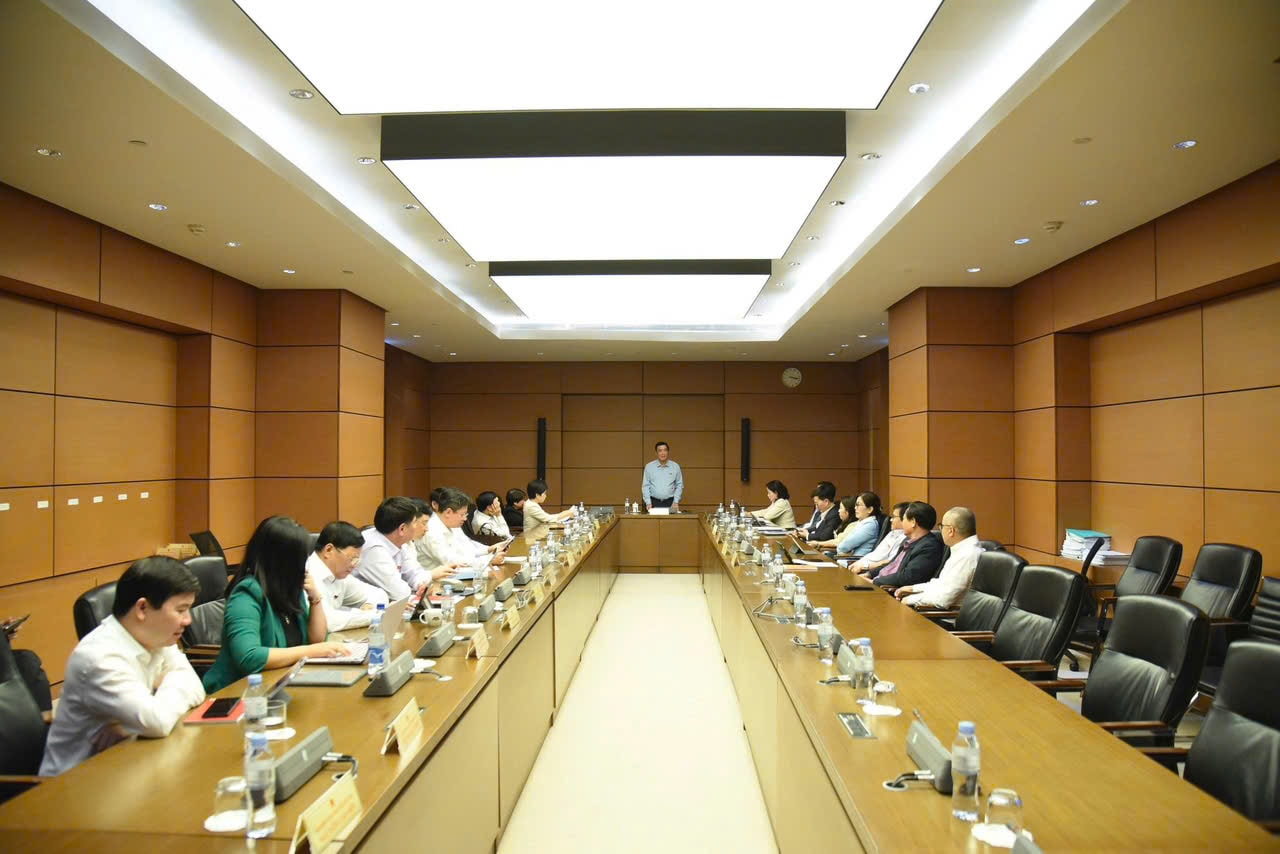
Commenting on the draft Law on High Technology (amended), delegates basically agreed on the necessity as well as the purposes and guiding viewpoints to amend the Law on High Technology as stated in the Government's submission No. 791/TTr-CP dated September 15, 2025. In order to perfect the draft Law, National Assembly Deputy Nguyen Van Manh (Phu Tho) suggested that the drafting committee study and retain all regulations on high-tech agriculture , high-tech agricultural enterprises and high-tech agricultural zones in Articles 16, 19, and 32 of the current Law. The fact that the draft law amending and supplementing has removed all of these regulations not only removes an essential component of high-tech policy, but also weakens the long-term development orientation of the agricultural sector.
Because these regulations have been established stably for more than 17 years, associated with many different laws such as: High Technology Law; Land Law; Urban and Rural Planning Law; Government Organization Law... The sudden abolition will create a legal gap and cause difficulties for planning, land procedures, organization and assignment of tasks of state agencies. In addition, the country has currently planned 34 high-tech agricultural zones in 19 provinces, many of which are large-scale, operating and attracting investment. Without specific and clear regulations, localities will not have a legal basis to continue maintaining and developing these models.

Delegates suggested continuing to maintain, clarify and improve regulations on high-tech agriculture and high-tech agricultural zones. This is considered a key component of the strategy for developing modern, sustainable and internationally competitive agriculture. This is also a necessary step for Vietnam to maintain its position as a center for supplying high-quality agricultural products in the region and the world.
.jpg)
Regarding the regulation on “high-tech urban areas” in Article 24, delegates assessed that this is a new approach, of strategic significance in forming a high-tech ecosystem associated with research, training, commercialization and production of high-tech products in a modern, synchronous urban space. However, for this model to be truly feasible, further research is needed to perfect the legal framework.
According to delegate Nguyen Van Manh, Clause 1, Article 24 stipulates: “A high-tech urban area is an urban area with a part of its area being a high-tech zone…”. This definition is highly general, but lacks minimum quantitative criteria. If the area ratio or criteria on scale and concentration of the high-tech zone in the overall urban area are not clearly defined, it is easy to lead to arbitrary application, and can even be exploited in planning, reducing the quality and goals of the high-tech urban model.
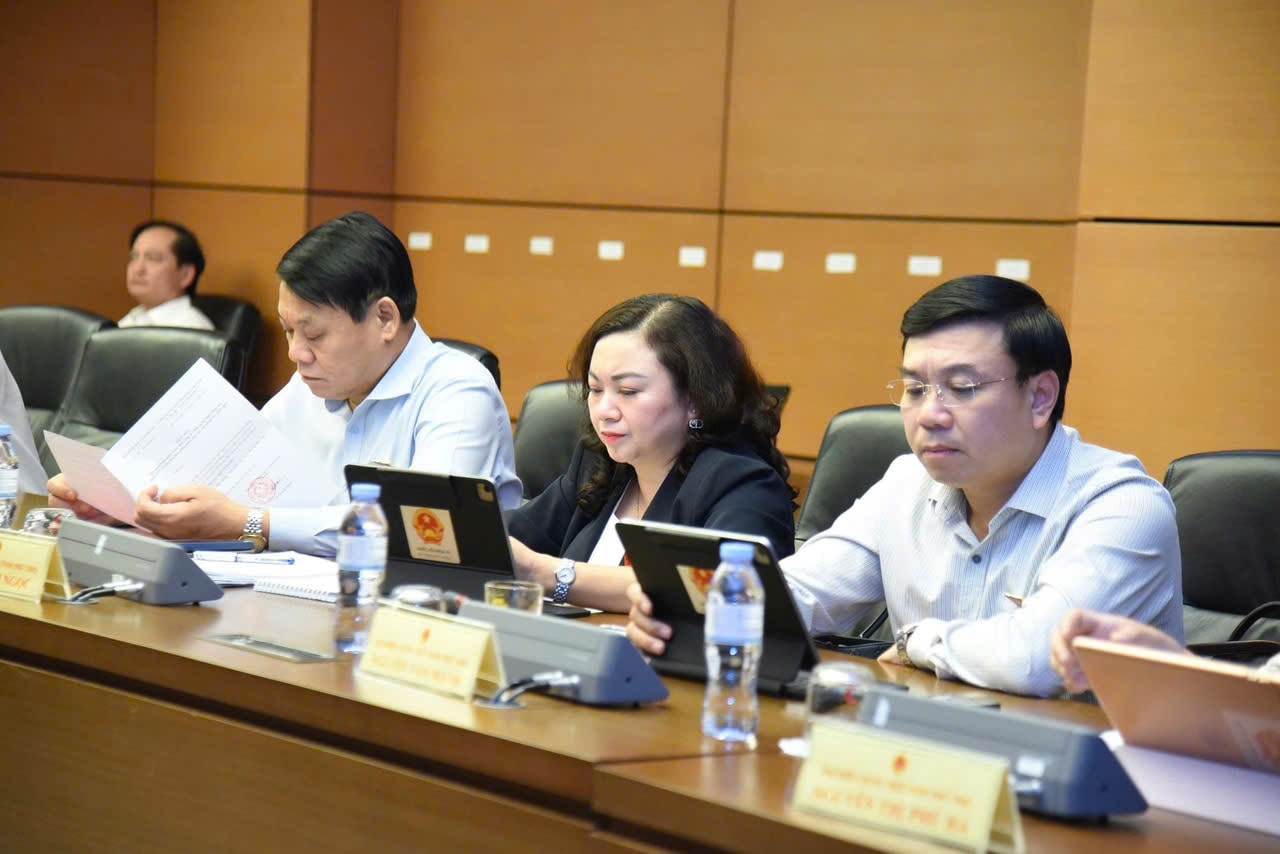
In addition, the lack of clear criteria also leads to the risk of resource dispersion. Urban areas can be labeled as high-tech but do not have enough space, infrastructure or scale to form innovation centers; thereby reducing policy effectiveness and affecting the consistency of the urban legal system.
Therefore, delegates suggested clarifying the principled criteria in the law, especially the minimum area ratio for high-tech zones in high-tech urban areas (for example, 5-7% of urban area) or clearly specifying the requirements on scale and concentration level of high-tech zones in high-tech urban areas. Technical and specialized contents will be specified in detail by the Government according to its authority to ensure consistency and transparency of policies.

According to National Assembly Deputy Tran Van Tien (Phu Tho), the draft Law stipulates that this Law regulates high-tech activities, policies, and measures to encourage and promote high-tech activities. However, the scope of application does not cover all the contents of the draft Law. The draft Law mentions many strategic technologies, but the scope of regulation does not mention strategic technologies, state management of high technologies and strategic technologies.

Therefore, it is necessary to add strategic technology to the scope of regulation, specifically: This Law regulates high-tech activities, strategic technology, policies and measures to encourage and promote high-tech activities; state management of high technology and strategic technology.
There are policies to encourage participation in investment in high-tech development.
Commenting on the draft Law amending and supplementing a number of articles of the Law on Technology Transfer, National Assembly Deputy Nguyen Van Manh (Phu Tho) said that at point b, clause 6b, Article 35 stipulates that the costs of organizations and enterprises for technology transfer activities are calculated as costs for science, technology and innovation activities according to the provisions of law on science, technology and innovation and are included in deductible costs when determining taxable income according to the provisions of law and corporate income tax, with the following preferential levels: 100% for the application and operation level; 150% for the improvement mastery level; 200% for the innovation and development level. The delegate said that the tax incentive provisions proposed are very large, so further research is needed to avoid budget losses and revenue shortfalls.
Regarding Clause 6c, Article 35, delegate Nguyen Van Manh suggested that it is necessary to study, amend and supplement in addition to using the state budget to invest in developing the science and technology network, there should be policies to encourage domestic and foreign organizations, individuals and enterprises to participate in investing in developing high technology in Vietnam.
Commenting on the amendment and supplementation of Clause 3 and Clause 5, Article 3, National Assembly Deputy Dang Bich Ngoc (Phu Tho) suggested that Clause 3 should include the phrase "prioritize resource allocation" instead of just "allocating resources" to implement technology transfer, advanced technology, and new technology. In particular, in remote areas, technology transfer is in great need while this requires huge resources, if only allocating resources, it will be difficult to implement in the current context. In addition, the Central Government and the province need to have special priority policies so that technology transfer can achieve its goals, contributing to supporting remote areas with resources as well as developing the technology transfer sector.
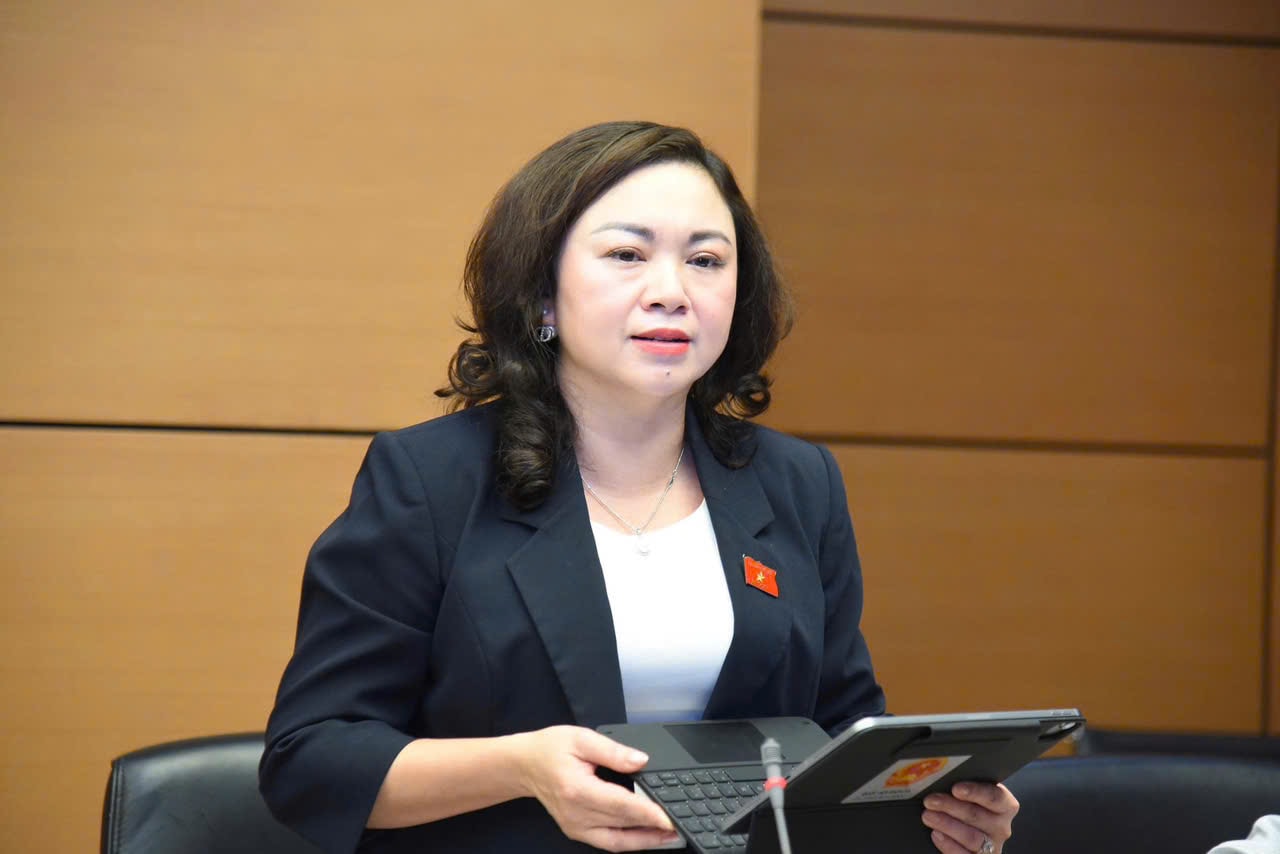
In addition, Clause 5 stipulates “promoting the transfer of advanced technology, high technology, new technology, green technology, clean technology from abroad to Vietnam”, however, Clause 3 already has this content. Therefore, the delegate suggested that the drafting committee review Clause 5 so that it does not overlap in content with Clause 3 but still shows the desire to transfer technology between foreign countries and Vietnam to create the spread of advanced technology, high technology, especially with foreign-invested enterprises.
Source: https://daibieunhandan.vn/hoan-thien-khung-phap-ly-ve-mo-hinh-do-thi-cong-nghe-cao-10394696.html



![[Photo] Cutting hills to make way for people to travel on route 14E that suffered landslides](https://vphoto.vietnam.vn/thumb/1200x675/vietnam/resource/IMAGE/2025/11/08/1762599969318_ndo_br_thiet-ke-chua-co-ten-2025-11-08t154639923-png.webp)








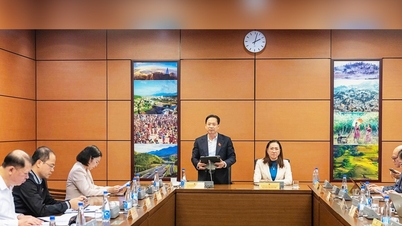
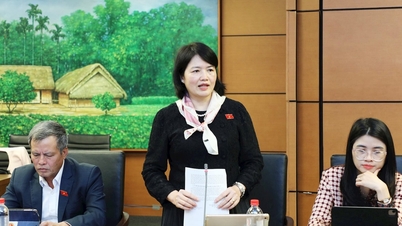


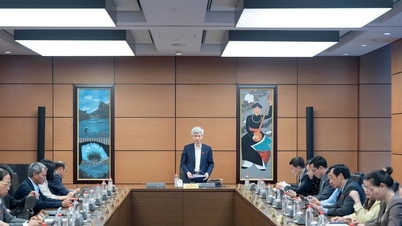








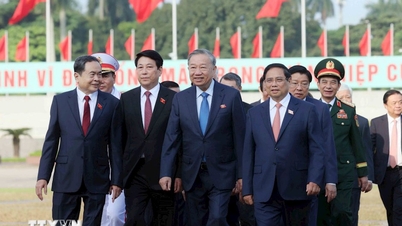






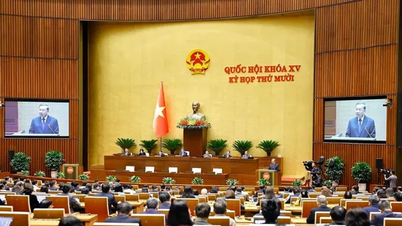

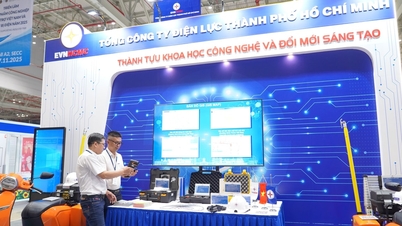

![[Photo] "Ship graveyard" on Xuan Dai Bay](https://vphoto.vietnam.vn/thumb/1200x675/vietnam/resource/IMAGE/2025/11/08/1762577162805_ndo_br_tb5-jpg.webp)







![[Video] Hue Monuments reopen to welcome visitors](https://vphoto.vietnam.vn/thumb/402x226/vietnam/resource/IMAGE/2025/11/05/1762301089171_dung01-05-43-09still013-jpg.webp)









































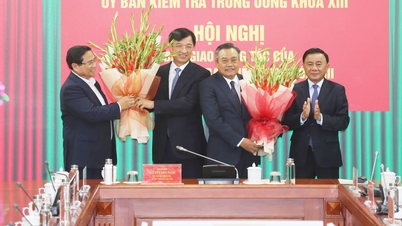


























Comment (0)